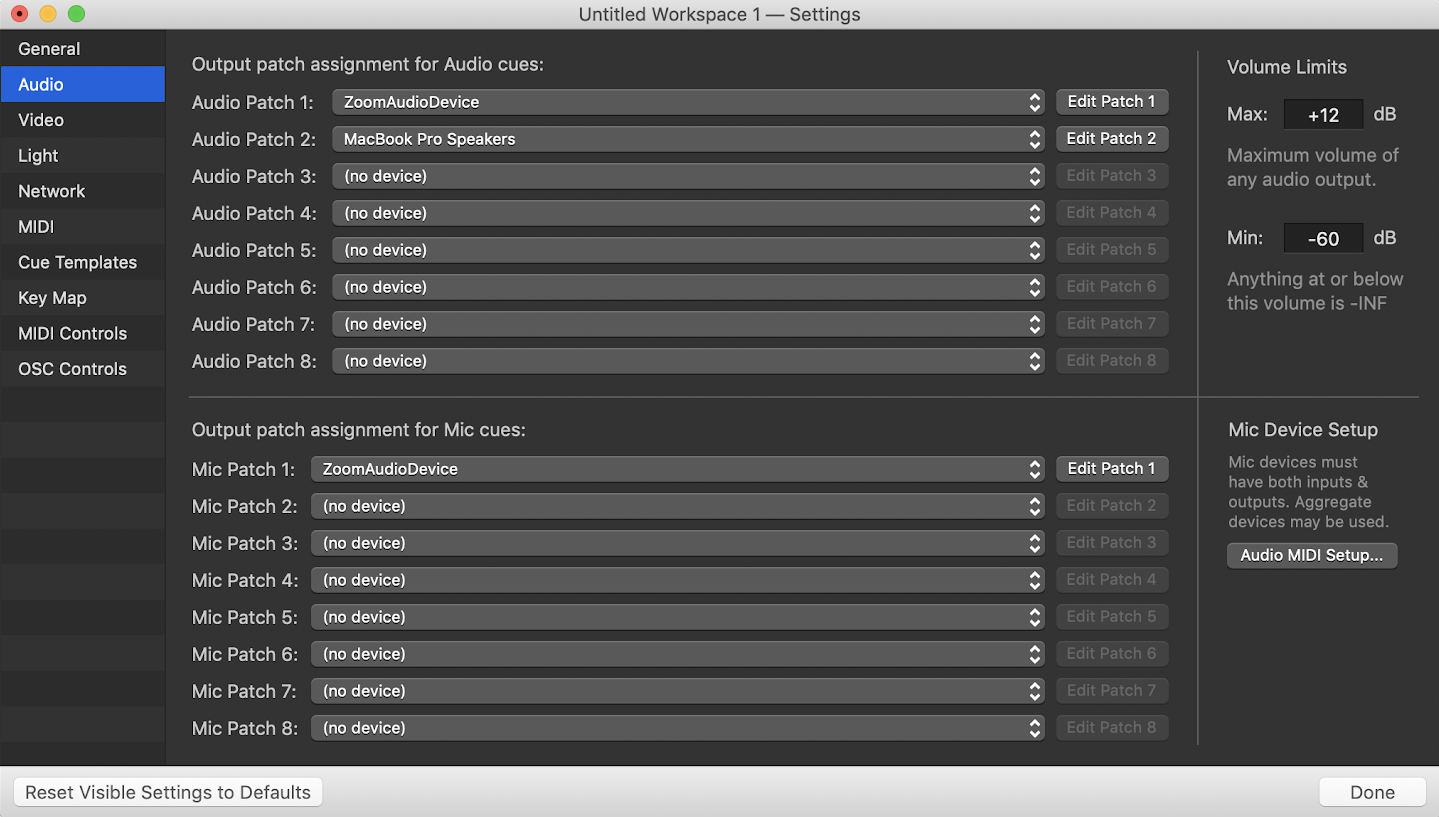

Ensure that UDP Strings & OSC is ticked for the port you want to use. Once this is set, scroll down to the Interface Protocols section. If you need to change it from the default, do so - a reboot will be required. The IP address for each port is set at the top of this window. To edit the network settings on a console, exit to the shell, and go to Settings > Network.

This may depend who has the fewest devices to readdress! Of course, if you don't use your console's network port (because you use DMX only), you can follow option 1 above.
#Qlab technologies full
If you have full control over all devices on the network (including the sound computer), or the sound department also use the 10.101.x.x range, it is easiest to stick with these defaults, and ensure the IP address of the QLab computer is in the same range.īut often, someone else is running sound, and they may have their own network, with their own IP address scheme. Consoles with 2 network ports (Windows 7 consoles) use the .x range for their second port by default.

Consoles with 1 network port (Windows XP consoles and ETCnomad Puck) use a default IP address in the 10.101.x.x range. This is all you need to know for a basic network setup between Eos and QLab - for more detail, see the et cetera blog post on IP addresses and subnets.ĮTC uses default IP addresses per product type, as detailed in this article. Another device with the IP address 192.168.1.55 could not talk to them. In the example above, the two Eos family consoles can talk to each other because they share the 10.101.
#Qlab technologies software
If the sound software can only output in the format "/cue/1/go", but the lighting console can only understand in the format "/lights/cue/1/fire", we have a problem. Part of the trick in getting different devices to talk to each other is to have them speak each other's language. Other devices implement OSC in different ways for example, QLab would understand the incoming command "/cue/1/start". For example, Eos can understand commands like "/eos/chan/1/out", which would turn off channel 1, or "/eos/cue/1/fire" to run Cue 1. OSC is an open protocol which allows the sending and receiving of human-readable messages between sound, lighting and other entertainment technology systems.


 0 kommentar(er)
0 kommentar(er)
